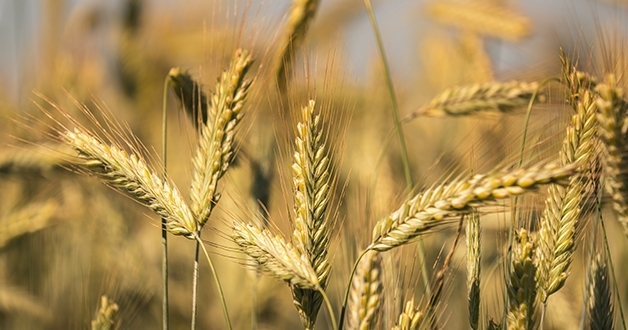
Rye, rye bread, and rye kernels
0
1808
History of rye
The rye is known to be cultivated for the first time by the people who lived four centuries BC in the regions of south and southwest Asia and Anatolia. Like oats, rye was considered poor quality food for the poor and poor. In the later centuries, rye products have entered the everyday life of people from Scandinavian and East European countries as a significant and nutritious food.
During this century, the consumption of rye foods gradually declined. As the main reason for this development, the experts point to the alarmingly increasing tendency to prefer delicious pre-feeding foods.
The tendency to feed animals for meat and milk with rye is growing because of its good nutritional qualities. It is logical to raise the question: "Is it possible for animals to eat healthier than us?" It is important that everyone responds individually or at least interested in their food.
What is rye?
Wheatgrass can grow easily even in nutrient-poor soils. Unlike wheat, rye grows well in both dry and cold climates. Outwardly, wheat and rye are very similar. However, the rust is higher, it has a more pointed shape and the rye grain has a larger volume than the wheat.
The rosé classes are on average 150 cm tall, have bushy grains and their colors range from yellowish brown to greyish green.
Rye is the object of attack by specific fungi called ergots.
They form toxic alkaloids.
read more
Types of rye products
• Rice kernels - less popular than oatmeal, but do not give them a lot of macronutrients and are also less calorie.
• Rye flour - it is different in protein content. They most often divide it in the dark and light, the latter containing a larger percentage of starch at the expense of protein. Dark rye flour is extremely rich in fiber (up to 22%). It is most commonly used as a mixture of rye bread.
• Rye bread - made from light rye flour. Rye bakery products have a much smaller volume and higher density because of the poor elasticity of the rusted gluten, which has a lower ability to retain gases.
Nutritional composition of rye:
The indicative content of substances in 100 g:
• rich in vitamins B1, B2, B3, B5, B6, and B9;
• rich in minerals are phosphorus, magnesium, potassium, zinc, iron, and copper.
One of the reasons for the high content of vitamins and minerals in rye kernels is the non-separation of the roughened embryo from the rye. The latter is economically more profitable.
How do we choose and how to preserve rye products?
Rye nuts are a ready packed product. The same applies to flour. It is enough to follow the instructions on the packaging, to check the shelf life and to keep it in a dark, cool and dry place.
Rye bread is perishable. It is not recommended to store rye products containing rye for longer than two days..


